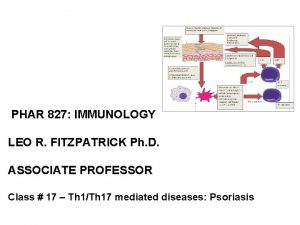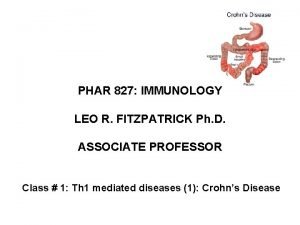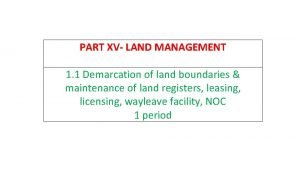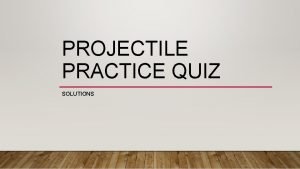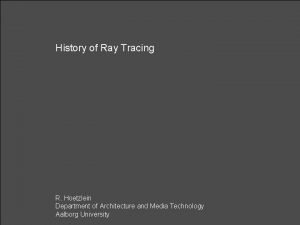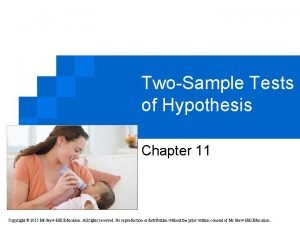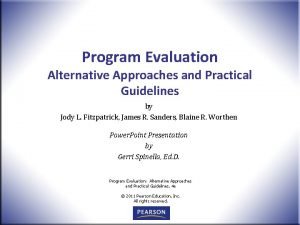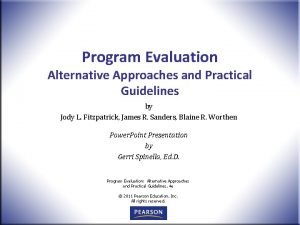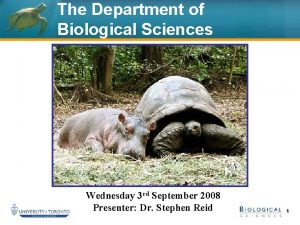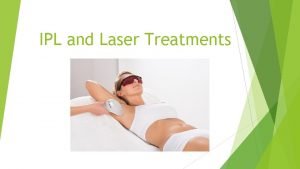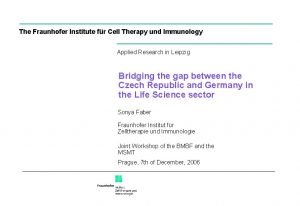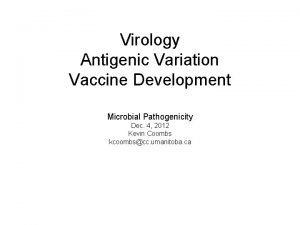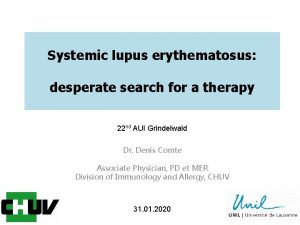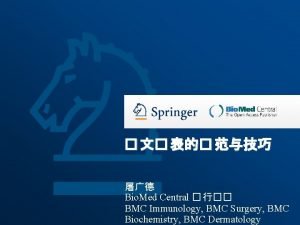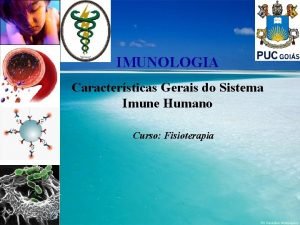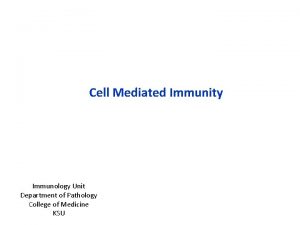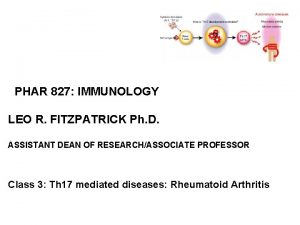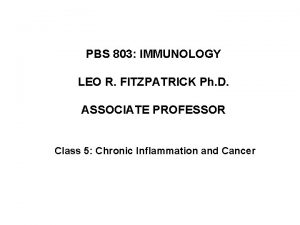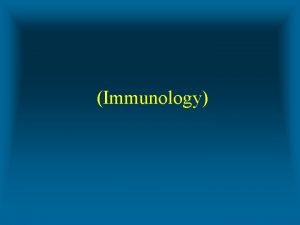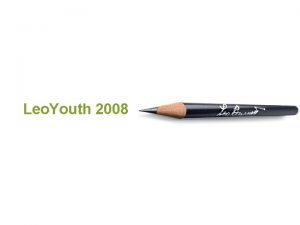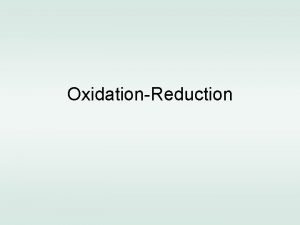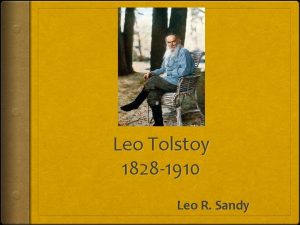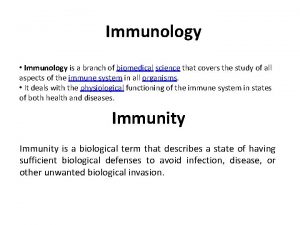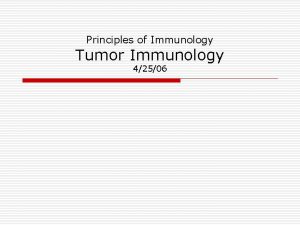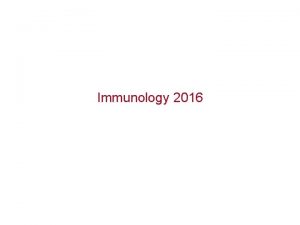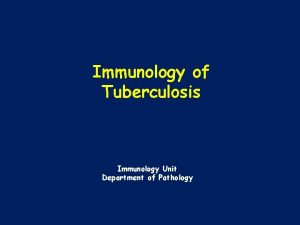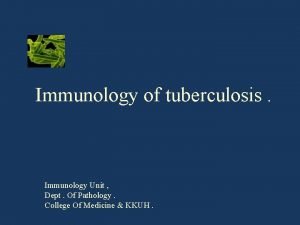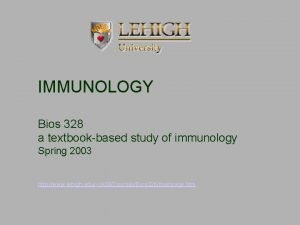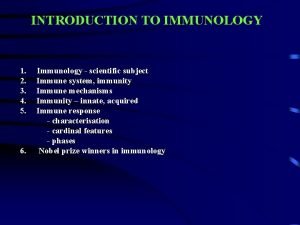PHAR 827 IMMUNOLOGY LEO R FITZPATRICK Ph D




















- Slides: 20

PHAR 827: IMMUNOLOGY LEO R. FITZPATRICK Ph. D. ASSOCIATE PROFESSOR Class # 1: Th 1 mediated diseases (1): Crohn’s Disease

Development of TH 1, TH 2, and TH 17 Effector Cells After activation by antigen and costimulators, naive helper T cells may differentiate into different subsets under the influence of cytokines produced at the site of activation. Cytokines that induce TH 1 development include interleukin-12 (IL-12), which is produced by microbe-activated antigen-presenting cells (APCs), such as dendritic cells and macrophages, and interferon-γ (IFN-γ) made by natural killer (NK) cells. TH 2 cells are induced by IL 4, which may be produced by the T cells themselves and by other cells, such as mast cells. TH 17 differentiation is triggered by transforming growth factor β (TGF-β), which can be made by many cell types, together with inflammatory cytokines such as IL-6, IL-1, and IL-23, which may be produced by APCs. The major transcription factors involved in helper T cell differentiation include T-bet (for TH 1 cells), GATA-3 (for TH 2 cells), and RORγT (for TH 17 cells), acting in concert with cytokine-activated signal transducer and activator of transcription (STAT) proteins.

Characteristics of Subsets of CD 4+ Helper T lymphocytes A naive CD 4+ T cell may differentiate into subsets that produce different cytokines and perform different effector functions. The table summarizes the major differences among TH 1, TH 2, and TH 17 subsets of helper T cells. Note that many helper T cells may not be readily classified into these distinct, polarized subsets. IFN, Interferon; Ig, immunoglobulin; IL, interleukin.

Historical Studies Showed Increased IFN-gamma production from the Intestines of Patients with Crohn’s Disease From Fais et al , Gut 1991

Initial (Simple) TH 1 Disease Hypothesis for Crohn’s Disease

Effect of Fontolizumab (a humanized anti-IFN-gamma Ab) in Patients with Active CD From Hommes et al. Gut, 2006

A More Complicated Th 1/Th 17 Model for Crohn’s Disease

Ustekinumab: Mechanism of Action Th 1 cell Th 17 cell

Ustekinumab Showed Efficacy in a Phase 2 Clinical Trial In Patients with Crohn’s Disease > 100 point decrease in CDAI Ustekinumab is an antibody against the common p 40 subunit of IL-12 and IL-23. It is approved for Psoriasis treatment. From W. Sandborn et al. , NEJM: 2012

Th 17 -Related Cytokines in IBD: Friends or Foes? Anti-Inflammatory IL-22, IL-17 A(? ) Pro-Inflammatory IL-21, IL-17 F(? ) From: Montelone et al. , Current Molecular Medicine, 2012 C O N T R O V E R S I A L

Efficacy Results: Crohn’s Disease Activity Scores: 18 Week Study Secukinumab was ineffective and tended to worsen clinical disease From Hueber et al. Gut, 2012

There also certain TH 17 cell populations that can produce both IL 17 and IFN-γ. These Cells are up-regulated in Patients with Crohn’s Disease. This further complicated the current understanding of Disease Pathogenesis. From Kleinschek et al. JEM, 2009

IL-23

Non-classic Th 1 cells have a particularly aggressive pathogenic potential in chronic inflammatory diseases like CD. Cosmi et al. , Int Arch Allergy and Immunology, 2014

(CD 161+) (IL-23) Receptor No IL-23 Receptor From Annunziato et al. , Immunology 2014

Th 17 Plasticity and IBD Model (Mucosal Immunology, 2013) ICS is intracellular cytokine staining

Recent Data Also Indicates Increased Interferon-gamma And T-bet Within the Inflamed Intestine of CD Patients. Jarry et al. , Laboratory Investigation, 2015 A key question to be further investigated is whether the source of Interferon-γ is classic or non-classic Th 1 cells.

Relapsing-Remitting Pattern of Autoimmune Diseases Active Disease e. g. , CDAI = 300 Relapse Flare Clinical Remission (CDAI < 150) Some diseases (e. g. , RA, IBD, MS) have alternating periods of exacerbation and remission of clinical signs (relapsing-remitting pattern).

EXTRAS

ROR-Gamma T Inhibitors for IBD
 Leo phar
Leo phar Leo phar
Leo phar Irwm para 827
Irwm para 827 Ohsuhealth
Ohsuhealth In an effort to create a cannonball-style splash
In an effort to create a cannonball-style splash Li ping phar
Li ping phar Ray tracing history
Ray tracing history Mary jo fitzpatrick is the vice president
Mary jo fitzpatrick is the vice president Define illuminate
Define illuminate Fitzpatrick maths
Fitzpatrick maths Fitzpatrick sanders & worthen 2011
Fitzpatrick sanders & worthen 2011 Bella fitzpatrick
Bella fitzpatrick Steven fitzpatrick
Steven fitzpatrick Mark fitzpatrick utsc
Mark fitzpatrick utsc Low level laser therapy cheveux
Low level laser therapy cheveux Fraunhofer institute for cell therapy and immunology
Fraunhofer institute for cell therapy and immunology Nature reviews immunology
Nature reviews immunology Type 1 ifn
Type 1 ifn Bmc immunology
Bmc immunology Trends in immunology
Trends in immunology Kuby immunology
Kuby immunology
